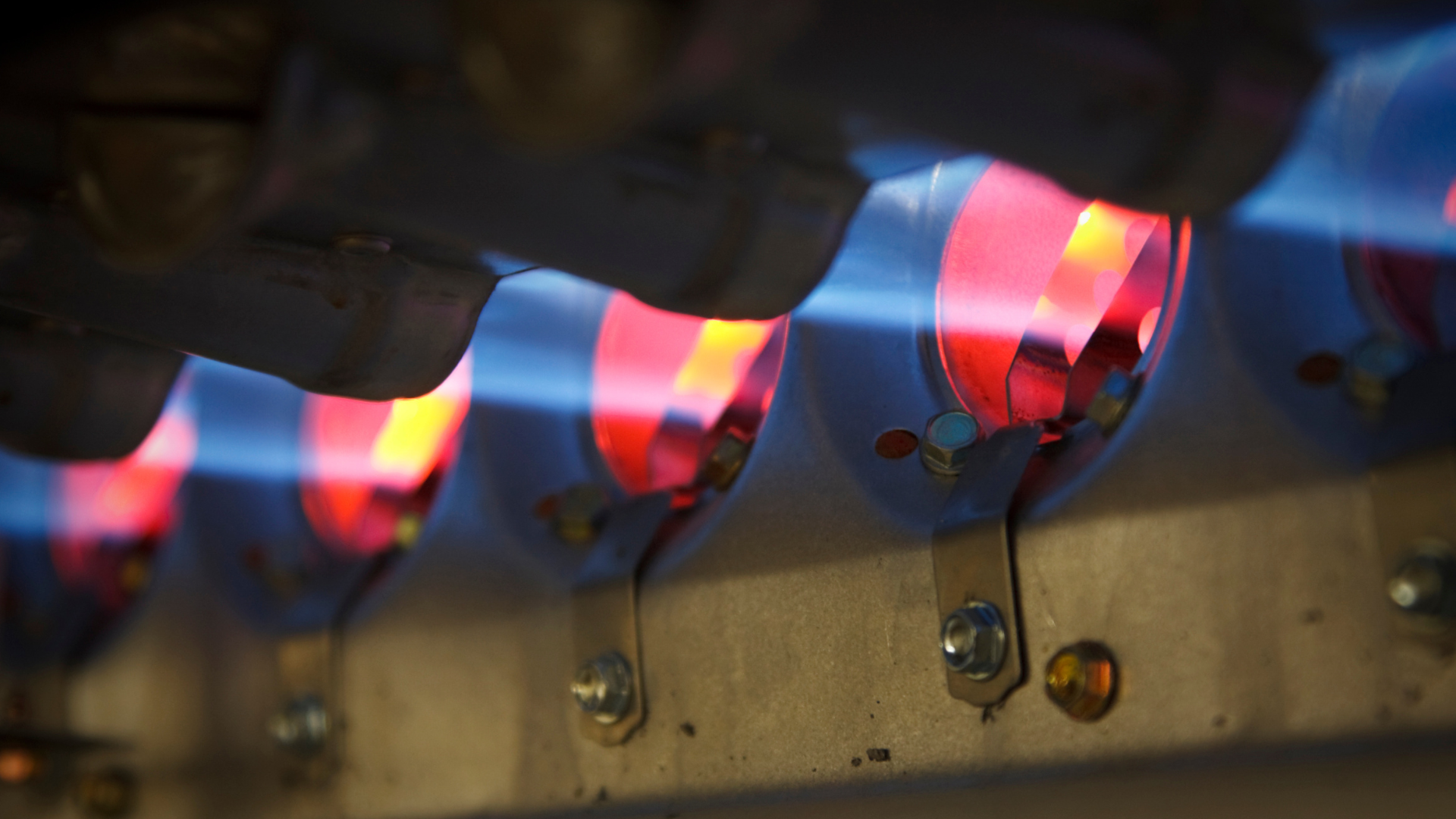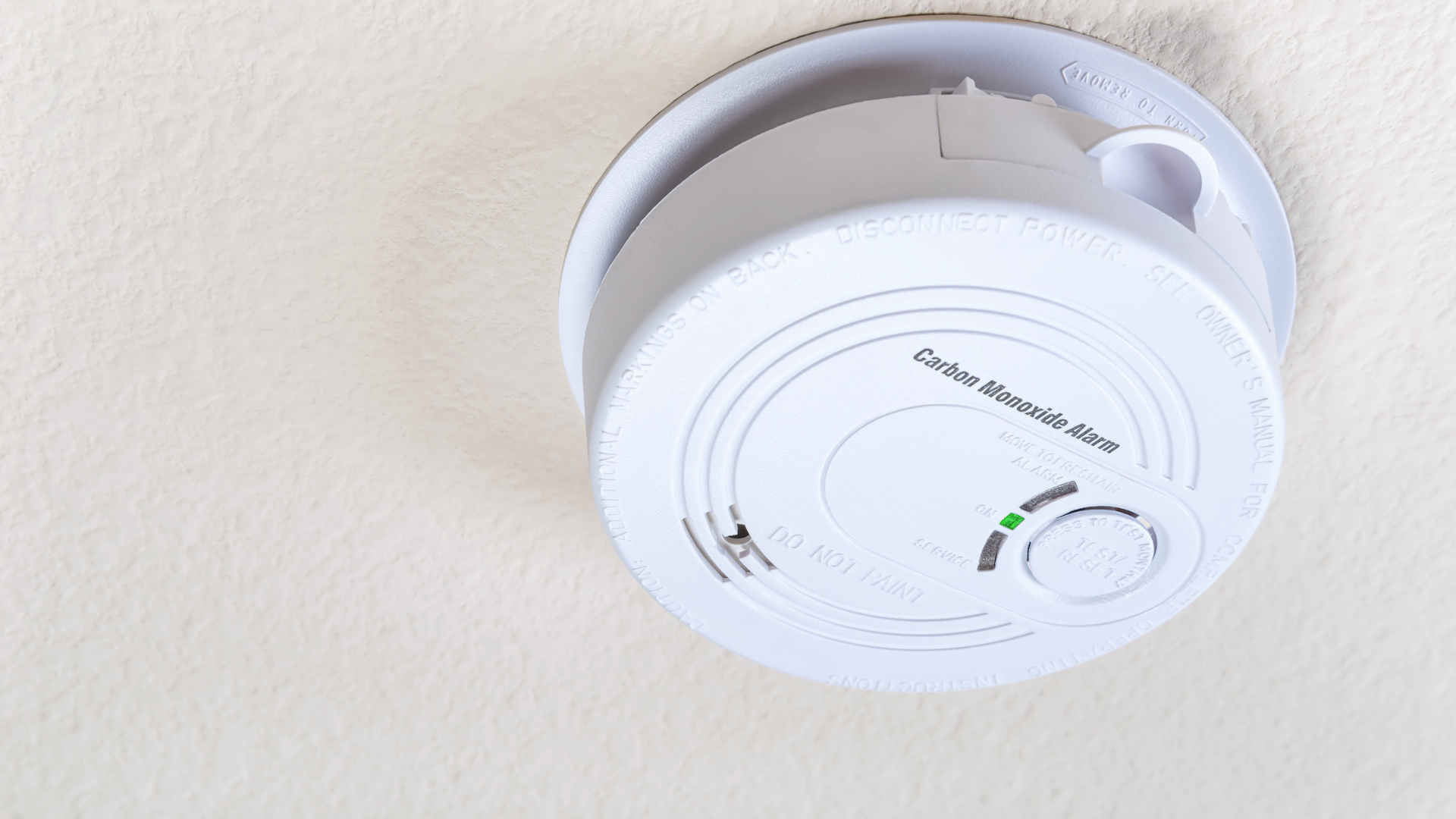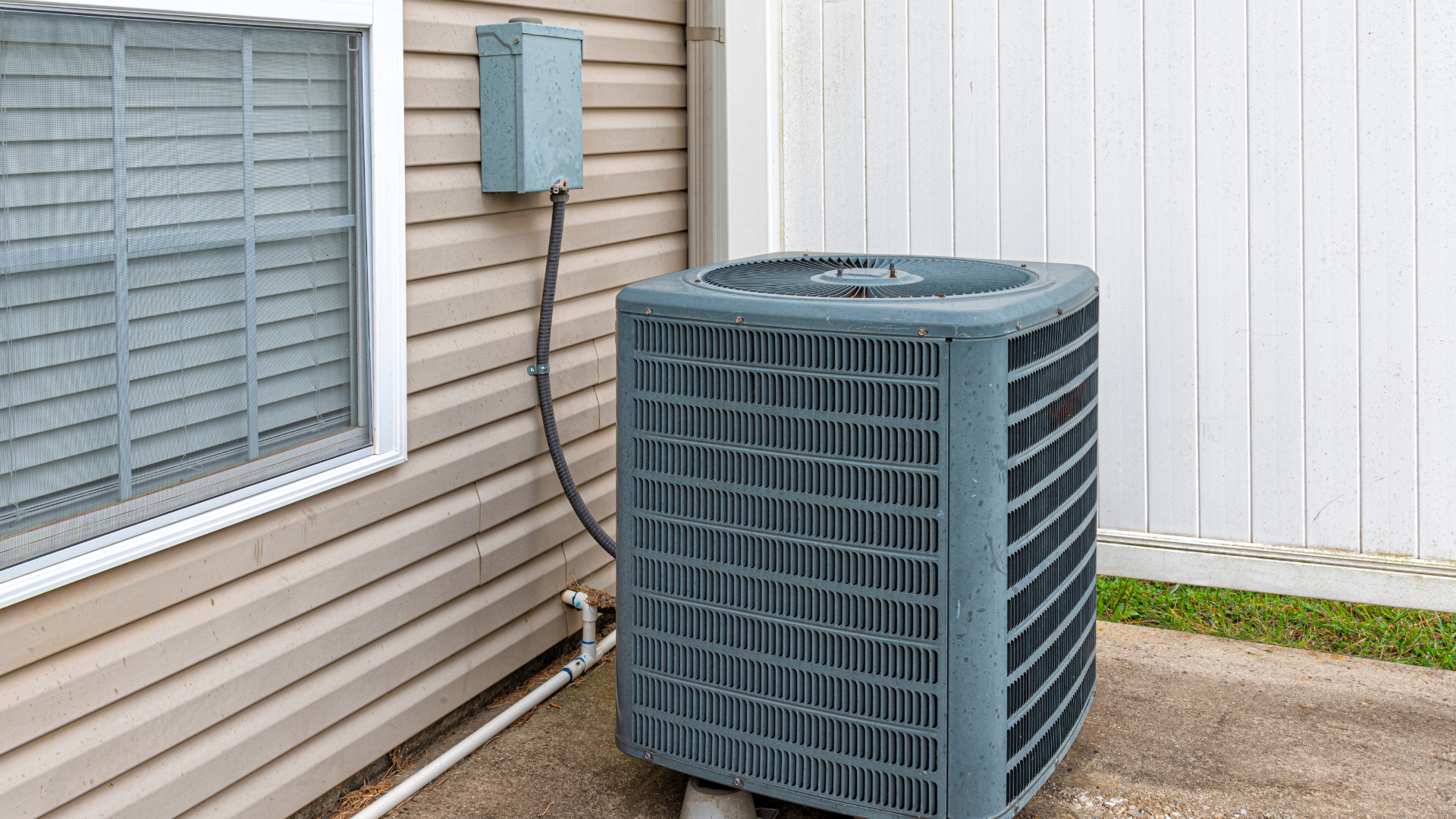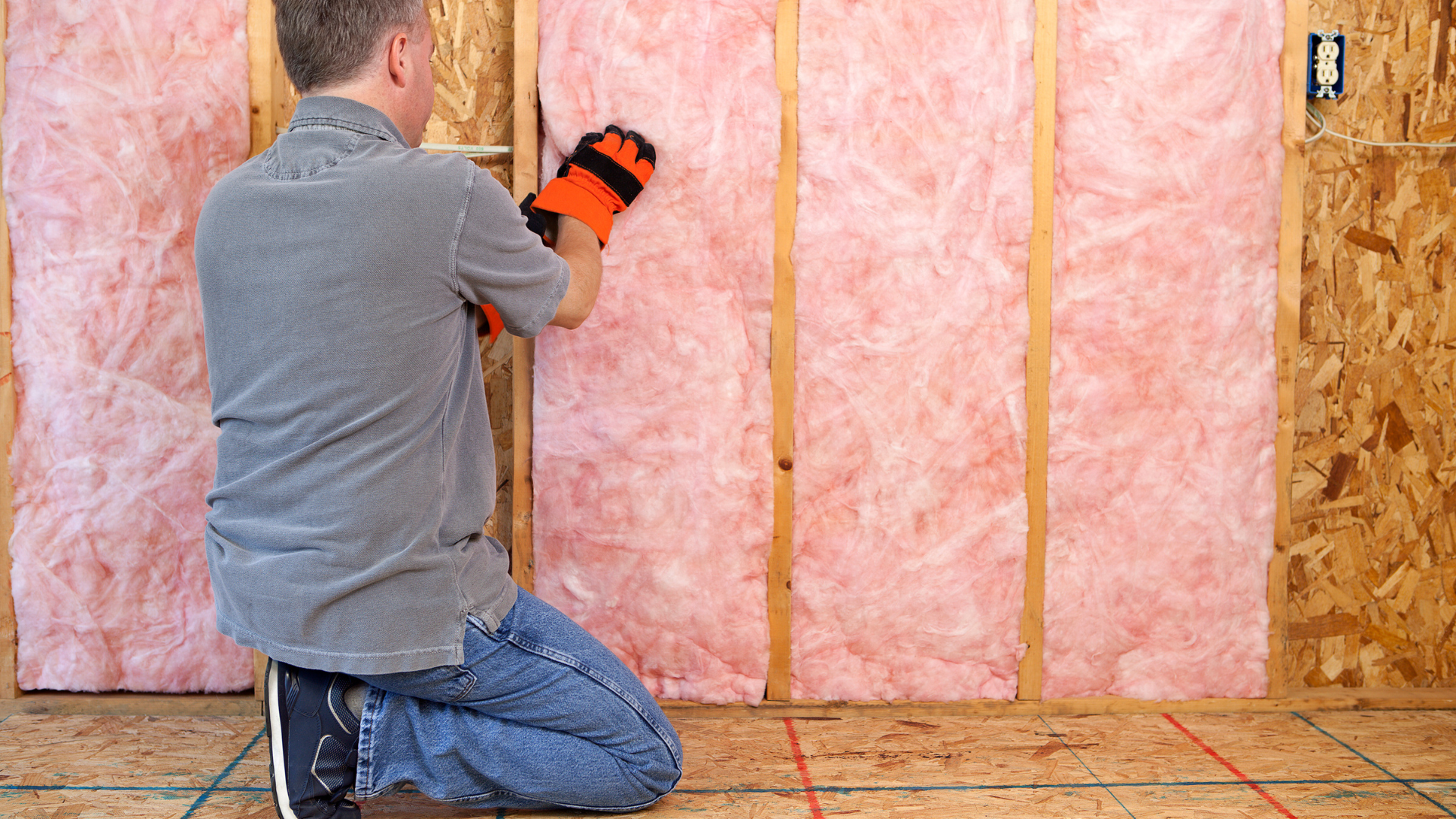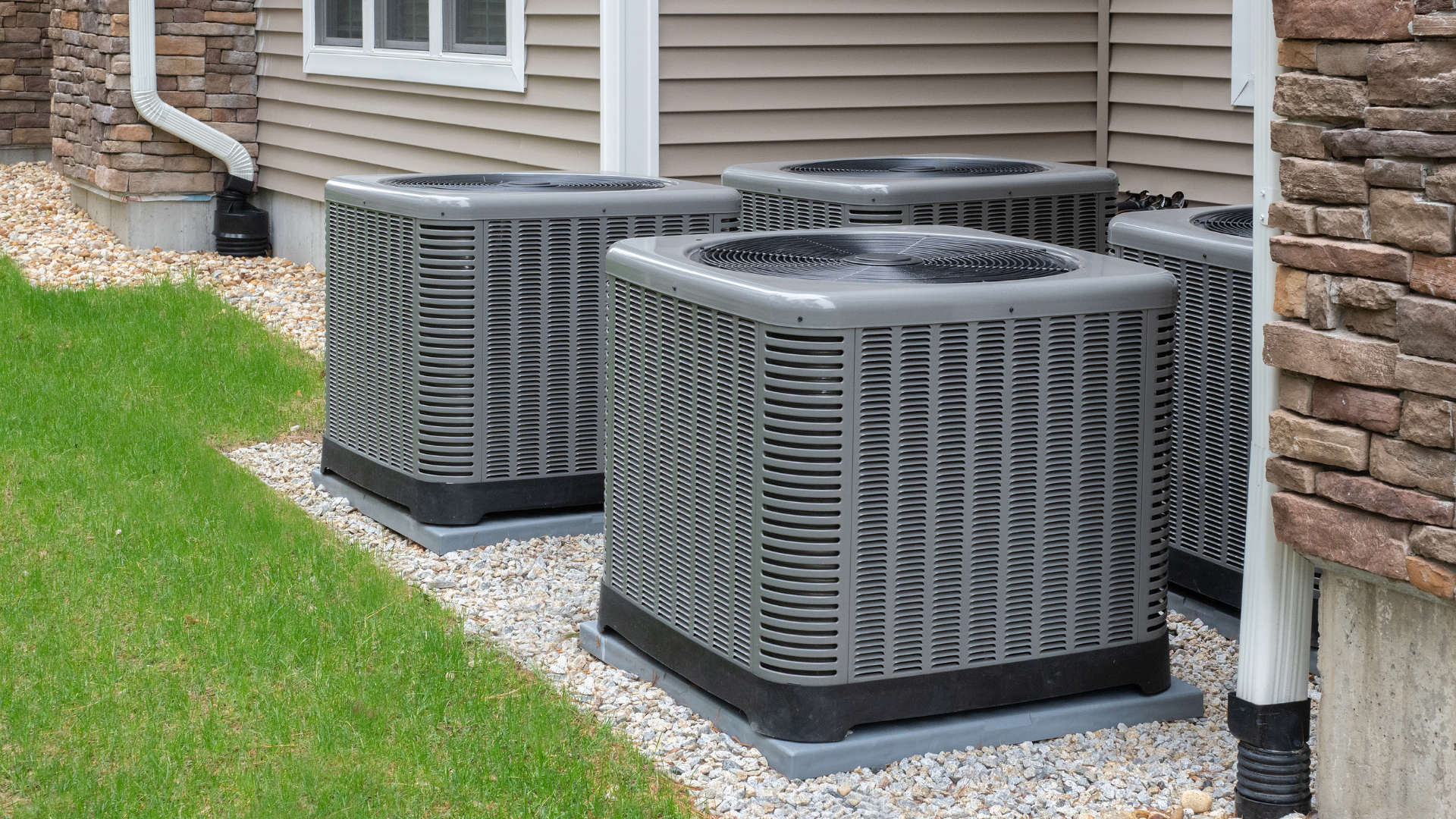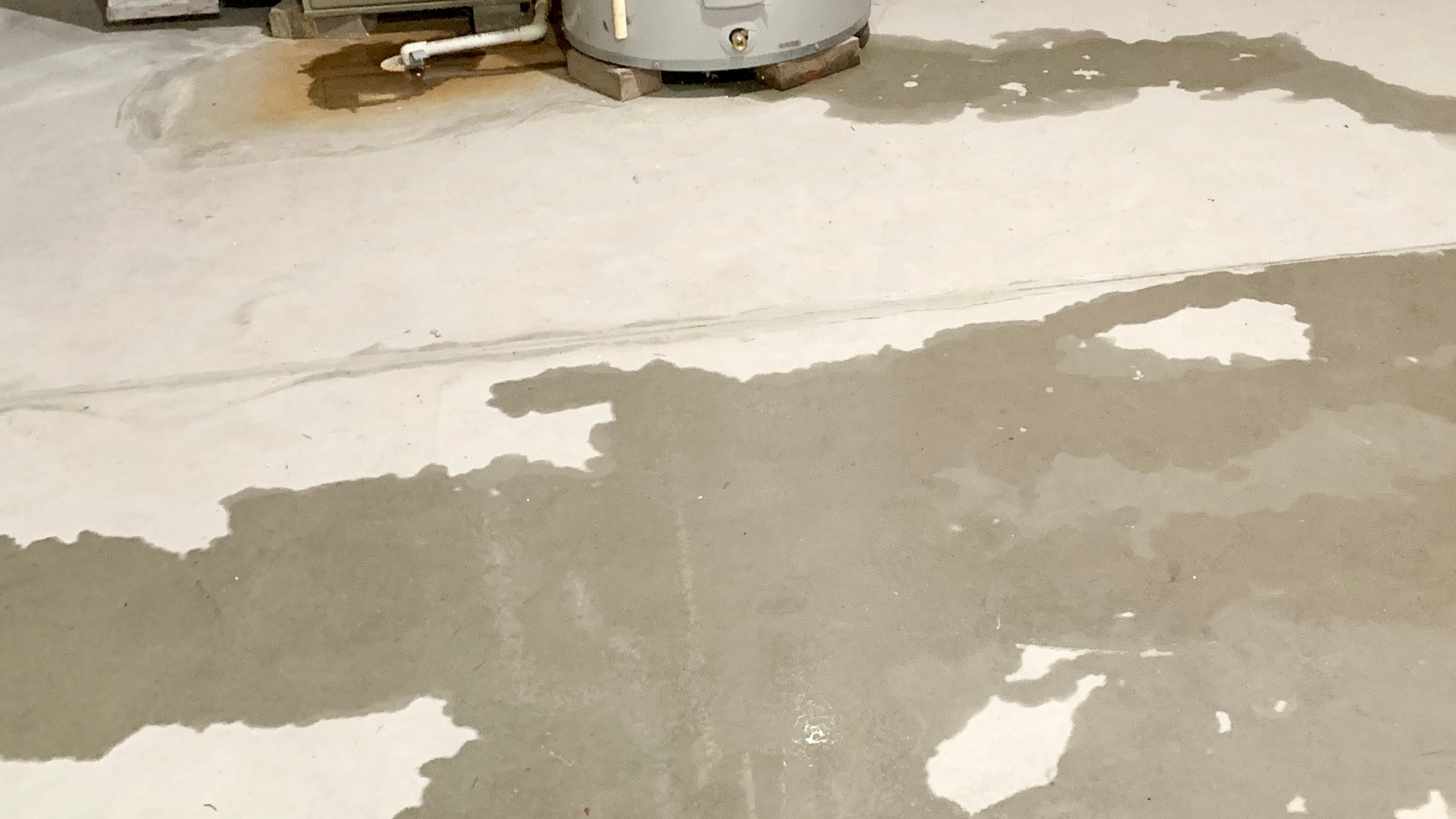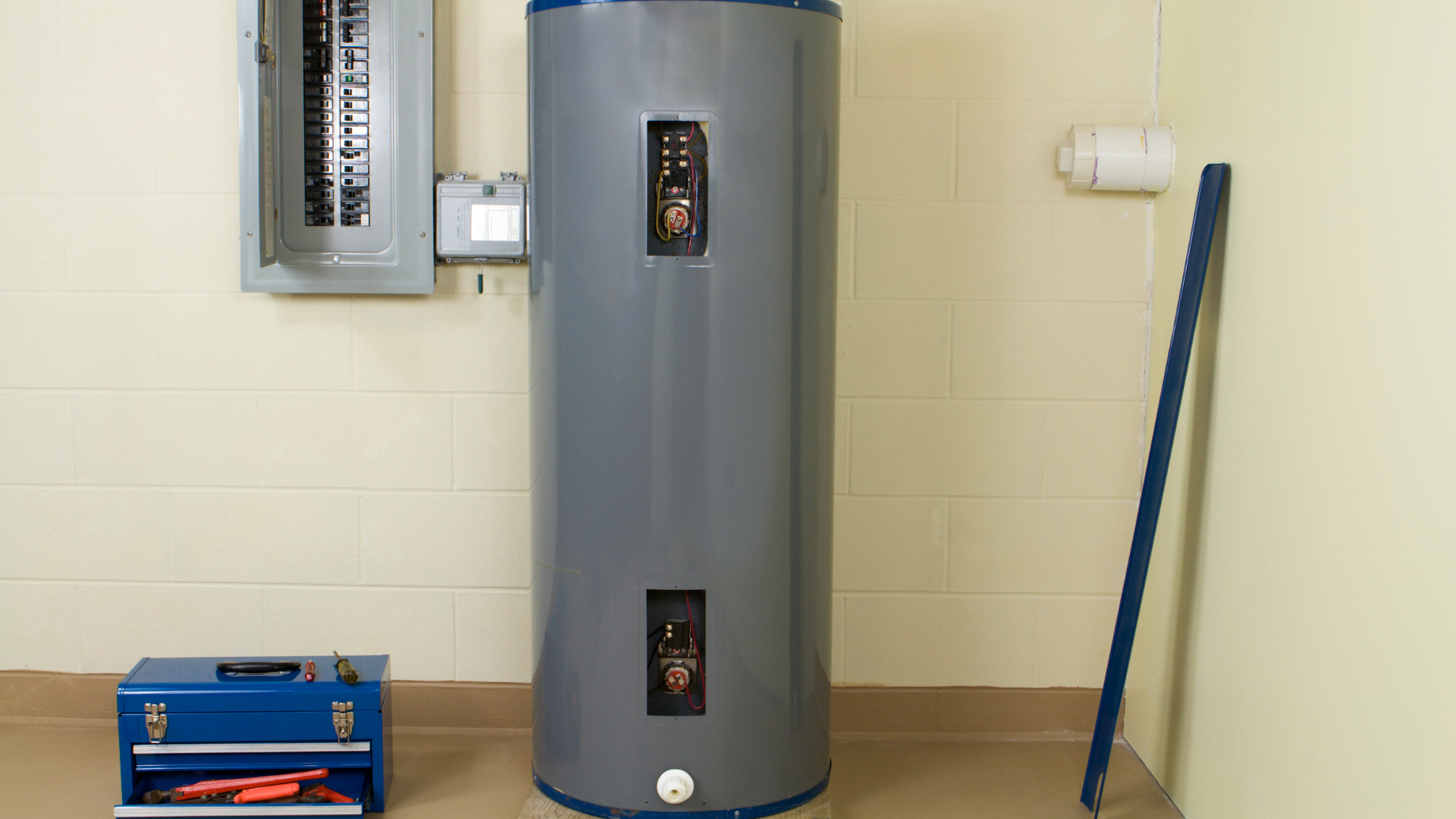Beyond the Dig: Understanding Trenchless Sewer Line Replacement
Understanding Trenchless Sewer Line Replacement
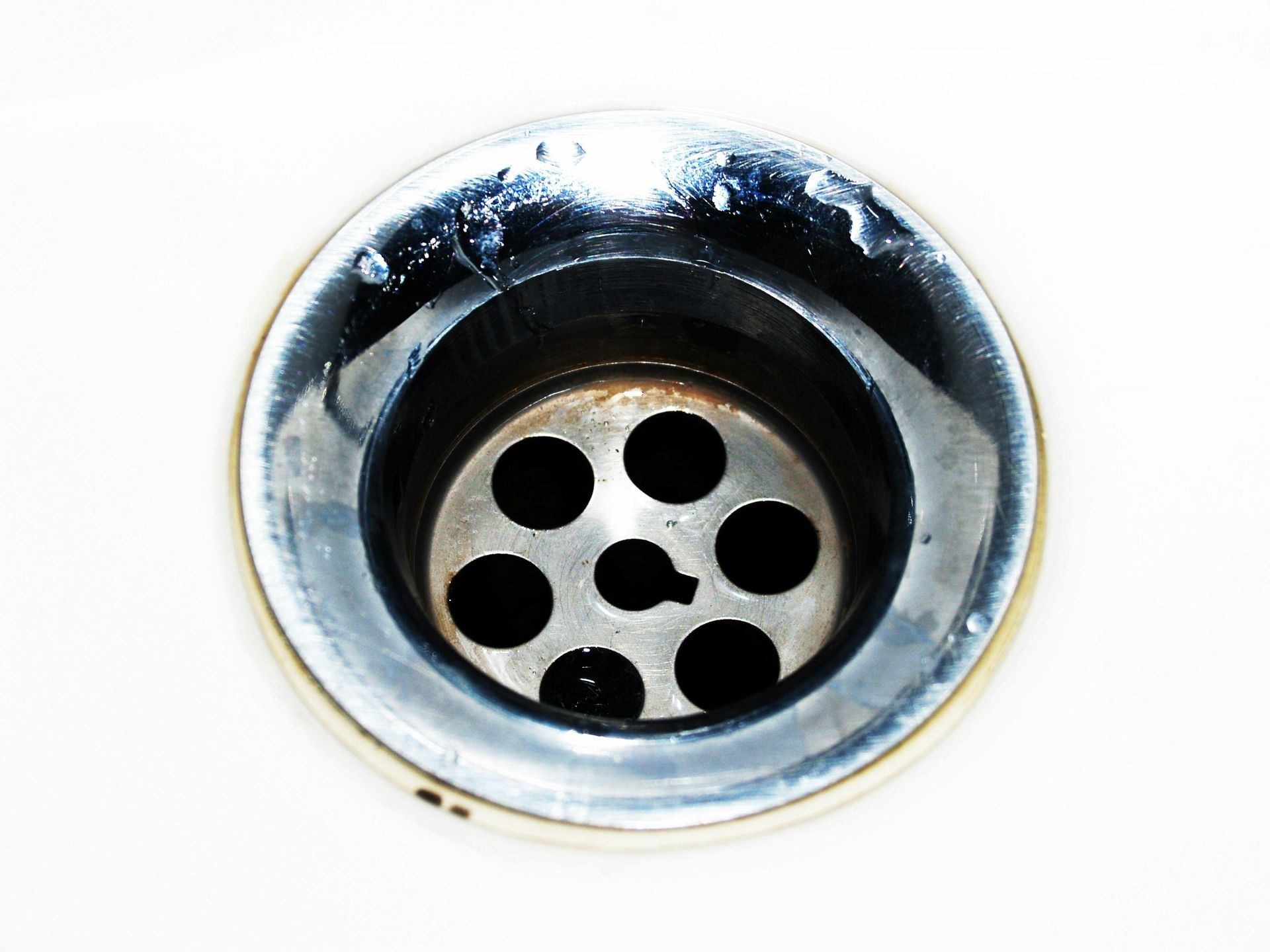
For homeowners facing sewer line issues, the thought of excavation can be daunting. Traditional sewer repair often means torn-up yards, damaged landscaping, and significant disruption. Fortunately, trenchless sewer line replacement offers a modern, less invasive alternative. This guide will explain how these innovative methods work, what to expect regarding timeline, longevity, and cost, and the implications of companies that subcontract this specialized work.
How Trenchless Sewer Line Replacement Works
Trenchless sewer repair essentially creates a new pipe within your existing, damaged one, or replaces it without a long trench. The two primary methods are:
- Pipe Lining (Cured-in-Place Pipe - CIPP): This method involves inserting a flexible, resin-saturated liner into the existing damaged pipe through a small access point, often an existing cleanout or a small hole. Once in place, the liner is inflated and the resin is cured (hardened) using hot water, steam, or UV light. This creates a new, seamless, and durable pipe inside the old one, effectively sealing cracks, holes, and preventing root intrusion.
- Pipe Bursting: This technique involves pulling a new pipe through the old one, simultaneously breaking apart the old pipe as the new one is pulled into its place. This method requires two small access points – one at the beginning and one at the end of the pipe segment being replaced. A "bursting head" is attached to the new pipe and pulled through, fracturing the old pipe and pushing the fragments into the surrounding soil. This allows for a full replacement and can even accommodate a larger diameter pipe if needed.
Both methods avoid the need for extensive digging, preserving your landscaping, driveways, and other structures.
Expectations: Time, Longevity, and Cost
How Long Should It Take?
One of the biggest advantages of trenchless repair is its speed. While traditional sewer line replacement can take several days or even weeks, trenchless methods are often completed much faster.
- Minor repairs or sections: A few hours to a full day.
- Full replacements: Typically 1 to 2 days.
Factors that can influence the timeline include the length and depth of the pipe, the severity of the damage, the material of the existing pipe, and any accessibility challenges or underground obstacles.
How Long Will It Last?
Trenchless sewer line replacements are known for their durability and longevity. The materials used, such as epoxy resins for CIPP and high-density polyethylene (HDPE) for pipe bursting, are designed to be highly resistant to corrosion, root intrusion, and environmental wear.
- Pipe lining (CIPP): Can last 50 years or even more, with some estimates reaching up to 100 years.
- Pipe bursting: Can last 50 to 100 years.
Proper installation and occasional maintenance, such as regular camera inspections, can significantly extend the lifespan of your trenchless repair.
What Might It Cost?
The cost of trenchless sewer line replacement can vary widely based on several factors, including the length of the pipe, the method used, the extent of the damage, and local labor rates.
- Average Range: Generally, trenchless sewer line replacement can cost anywhere from $6,000 to $12,000 for a standard residential home.
- Per Linear Foot: Costs often range from $80 to $250 per linear foot.
While the initial cost might sometimes be comparable to or even slightly higher than traditional excavation in certain scenarios, the long-term savings often make trenchless a more cost-effective solution. This is because you avoid significant expenses related to restoring landscaping, driveways, or other property elements that would be destroyed by traditional digging. Factors like permits, camera inspections, and the condition of the existing pipe also play a role in the final price.
The Implications of Subcontracting
It's common in the home services industry for companies to subcontract specialized work, and trenchless sewer line replacement is no exception. While not inherently problematic, it's crucial for homeowners to understand the implications:
- Expertise and Specialization: Some plumbing companies may not have the specialized equipment and trained technicians required for trenchless methods. They might bring in a subcontractor who focuses solely on this type of work. This can be beneficial as the subcontractor often possesses deep expertise and the latest technology.
- Communication and Accountability: When a subcontractor is involved, the lines of communication can become less direct. You'll primarily deal with the main company, who then coordinates with the subcontractor. Ensure there's a clear understanding of who is responsible for what, particularly regarding warranties and any potential issues that may arise.
- Quality Control: While reputable companies vet their subcontractors, the quality of work can depend on the subcontractor's standards. It's advisable to ask the main company about their relationship with their subcontractors, how long they've worked together, and if they oversee the work directly.
- Pricing Transparency: Understand if the main company is marking up the subcontractor's services significantly. Get a detailed breakdown of costs to ensure transparency.
- Licensing and Insurance: Verify that both the main company and any subcontractors are properly licensed and insured for the work being performed. This protects you in case of accidents or damage.
Before committing to any trenchless sewer line replacement, always ask if the work will be performed by the company's in-house team or a subcontractor. If it's a subcontractor, inquire about their experience, licensing, and the main company's oversight process.
Summary
Trenchless sewer line replacement offers a smart, efficient, and long-lasting solution for sewer line problems. By understanding the process, expected timelines, costs, and the role of potential subcontractors, homeowners can make an informed decision that saves their property and their peace of mind.
Sources and Links:
- Angi: "Why Dig? Trenchless Sewer Line Replacement Bypasses the Backhoe" - https://www.angi.com/articles/why-dig-trenchless-sewer-line-replacement-bypasses-backhoe.htm
- Alpha Environmental: "How Long Does a Trenchless Sewer Repair Take?" - https://alphaenvironmental.net/blog/how-long-does-trenchless-sewer-repair-take/
- Pipelining Technologies: "What is trenchless sewer pipe repair?" - https://pipelt.com/services/trenchless-sewer-pipe-repair/
- Western Rooter: "How Long Does Trenchless Sewer Repair Last? A Comprehensive Guide" - https://westernrooter.com/how-long-does-trenchless-sewer-repair-last-a-comprehensive-guide/
- Advanced Trenchless Solutions: "Cost Comparison: Trenchless vs. Traditional Sewer Line Repair" - https://www.advancedtrenchlesssolutions.com/blog/cost-comparison-trenchless-vs-traditional-sewer-line-repair
Click Another Article to Read More

